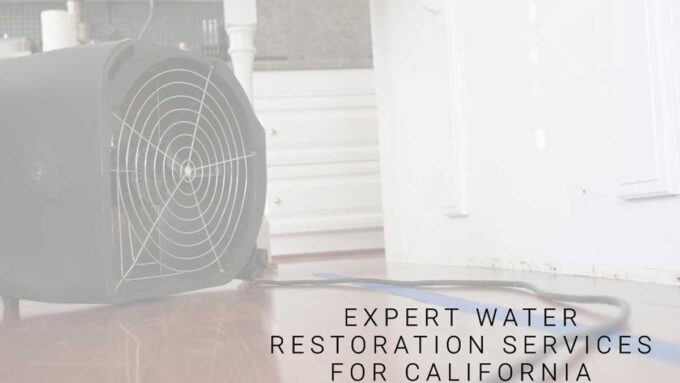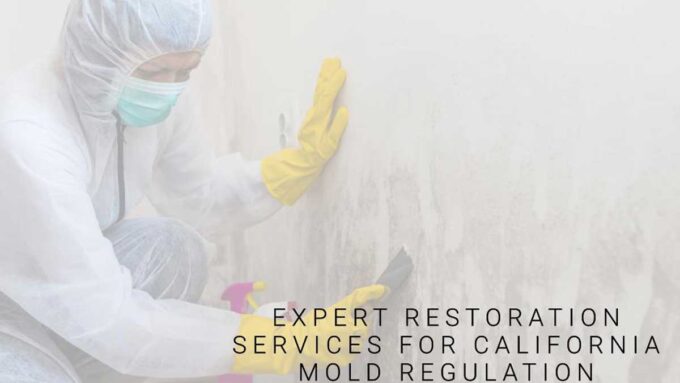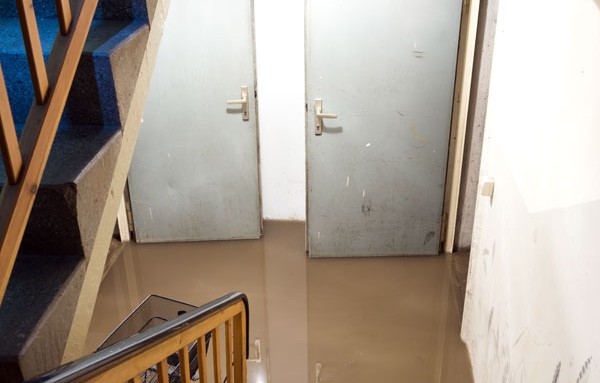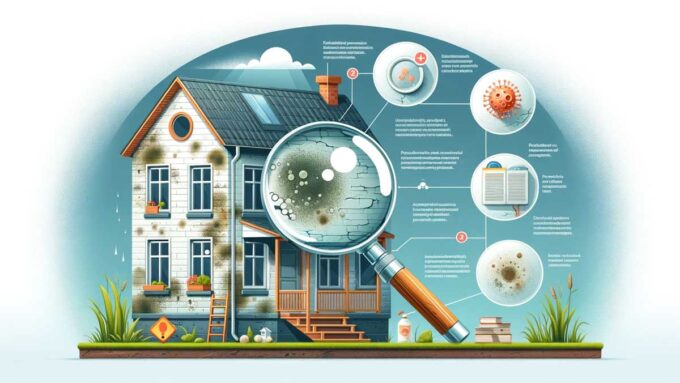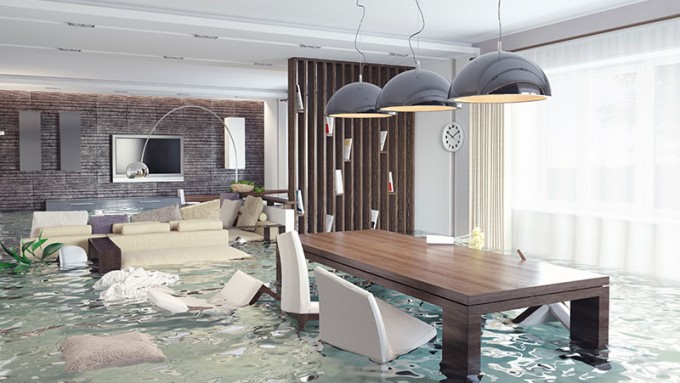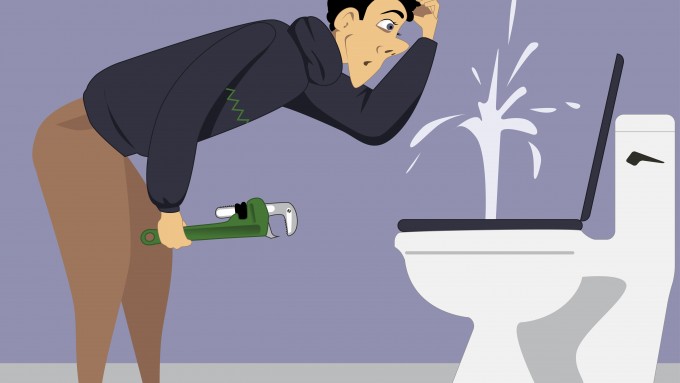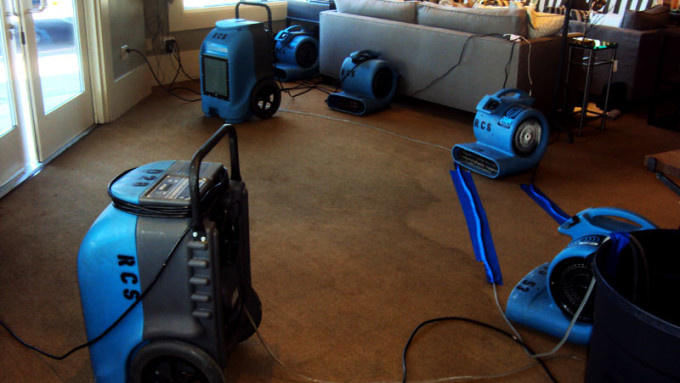Homeowners can’t always avoid disaster, but there are things they can do to take preventative measures to some extent. Whether it be taking steps to keep the attic clean and free of hazards in order to prevent a fire, encapsulating a crawl space to avoid toxic mold build-up as well as deter critters, or by having a professional come out to inspect all major appliances along with wiring to prevent any damage that might incur if a pipe bursts or a wire begins to spark…homeowners have a responsibility to do these things.
If you are a homeowner with a basement, steps can also be taken in order to keep it nice and dry to avoid a mold or mildew infestation along with pesky wood rot that is more likely when things are continuously damp. If you have a basement that is completely finished, there is even more at risk by having a moisture problem. Not only do you have the wood to be concerned with, but also carpeting, furniture, and drywall.
What do the experts have to say about keeping a basement dry?
Here are some professional tips from Lowes:
- Keep your gutters clean. Install downspout extensions to direct rainwater away from the foundation.
- Be sure that water coming down the driveway is diverted. The grade should slope away from the house on all sides.
- If you have a partial basement that has an adjoining crawlspace with exposed dirt, cover the ground using 6-mil-thick polyethylene sheeting. Overlap the plastic about 6 inches, allowing the excess to spread up the walls, and use bricks to hold it in place. An earthen crawlspace can cause high humidity in the basement and produce a strong musty smell.
- To control mildew and odors, spray the basement occasionally with a mild bleach solution.
- Vent the clothes dryer to the outside.
- Another way to prevent condensation and humidity in a basement is to install an exhaust fan.
- By sealing your concrete floors, you can create a moisture barrier that helps prevent damage to your belongings.
- Install a dehumidifier and connect it to the floor drain via a garden hose. Check the drain regularly to make sure it remains unclogged. Use hot water and detergent periodically to keep the drain open and control algae growth.
- Install a sump pump with a battery-operated backup in case the electricity goes out. You’ll need a connection to a drainage system. This project will probably require the help of a professional.
Sitting back and waiting for a monetary or health dilemma to happen due to mold and structural/belonging damage is not advised. If you own a home with a basement, taking action now will save you from misery later on if disaster strikes.
Has your basement recently suffered from water damage or an infestation of mold due to excess moisture? Do you need help from a restoration specialist? Don’t worry—Restoration Certified Specialists, Inc. will take care of you! They have been proudly serving the Santa Rosa, CA and North Bay areas since 1975.


